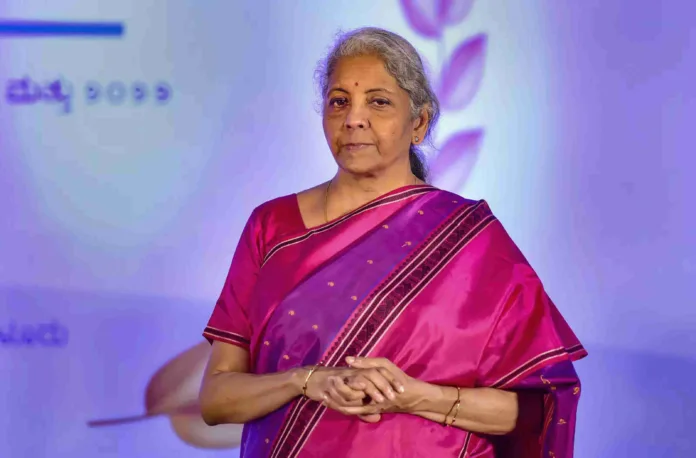Union Finance Minister Nirmala Sitharaman on Tuesday said that India’s export strategy has undergone a major transformation under the Modi government, with exporters no longer required to operate from Special Economic Zones (SEZs). The shift, she said, has allowed for a broader and more inclusive export ecosystem, leading to a surge in both the volume and quality of India’s exports.
Speaking at the Exim Bank Trade Conclave, Sitharaman emphasized the government’s focus on building decentralized export capabilities through initiatives like Make in India, Production-Linked Incentive (PLI) schemes, One District One Product (ODOP), and Districts as Export Hubs (DEH).
“Earlier, exporting was largely confined to SEZs. Now, exports are being driven from districts across the country. SEZs still have their place, but they are no longer the only gateway,” she stated.
The Finance Minister noted that while global exports grew by 4%, India outpaced this with a 6.3% rise, reaching a record high of $825 billion in total exports. This represents a substantial jump of over $466 billion compared to 2013-14 levels.
She highlighted that India’s export success story is not just about growth in numbers but also a shift in the nature of exported goods. “We are no longer just shipping raw materials or agricultural produce. India is now exporting high-tech, innovation-driven products with global quality standards,” Sitharaman said.
Exports from sectors supported under the PLI schemes have already crossed ₹5.31 lakh crore (approximately $62 billion). Key contributors include electronics manufacturing, pharmaceuticals, processed foods, and telecom and networking equipment.
In a related development, global ratings agency S&P recently revised India’s GDP growth forecast for FY26 upwards to 6.5%, reflecting increased confidence in India’s economic momentum.
The Minister concluded that India is well-positioned to become a leading global manufacturing and export hub, driven by technology, innovation, and a restructured export framework that encourages participation from all regions.



